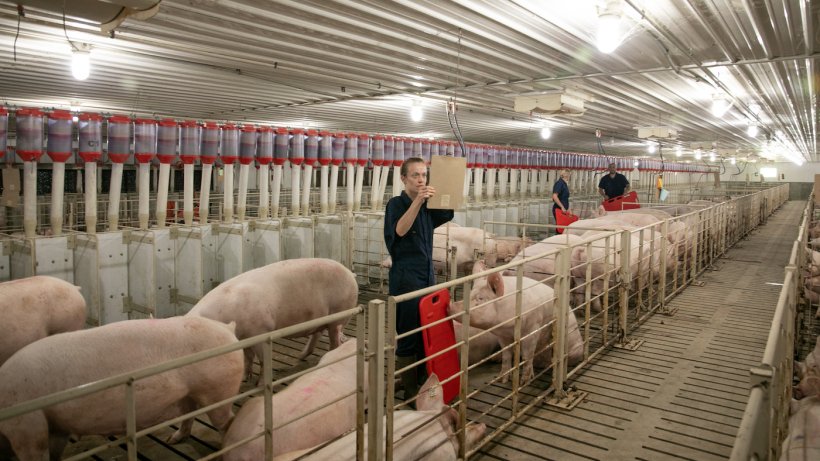What does the future hold for the pork industry? That’s a question on many pork producers’ minds. And while the future is unknown, taking a closer look at trends can shed a light on opportunities to improve sow operation profitability and performance.
Three industry-leading experts share what they think are the biggest trends to watch:

1. Production costs
“Challenges from the past year have changed the focus from increasing performance to optimizing performance through more efficient and sustainable cost of production strategies. That’s especially true with feed prices on the rise,” says Sergio Canavate, DMV, technical services manager with PIC.
Focusing on cost of production puts more emphasis on enhancing foundational management practices.
“We need to ask ourselves, are the right feed management strategies in place? Is body condition scoring accurate and consistent? How can we manage sow body condition better through feed?” says Fred Kuhr, production supervisor for sows and finishing at Dykhuis Farms.
Feed is a producer’s largest cost so grow-finish feed efficiency must also be a focus, according to Mark Knauer, Ph.D., associate professor and extension swine specialist at North Carolina State University. He encourages producers to find ways to influence grow-finish feed efficiency prior to weaning.
“If you can wean a quality litter, it’s going to help pig survival, performance, and ultimately, throughput,” says Knauer. “One way is to maximize weaned pig quality using known practices like increasing weaning age, batch farrowing or improving gilt acclimation into the sow farm.”
2. Gilt and sow management advancements
Gilt management isn’t a new conversation, but it’s more relevant now than ever before. “Breeding gilts at the right age and weight and keeping them in optimal body condition from the start will increase lifetime productive performance and retention in sow herds,” says Canavate.
If a sow has been well cared for since before first breeding, she’ll probably require less maintenance to do her job, which is raising quality pigs. Trial data shows sows in ideal condition in parity one weaned seven more piglets across her next three parities than fat sows.1
“New technology will bring new opportunity to evaluate herds based on average sow age, the length of time sows stay in the system and how fast we have to turn,” says Kuhr. “We’ll be able to look at more data points to help predict how long a sow will stay in the system and offer insights for better gilt selection.”
3. Litter size
Increasing litter size has been a primary focus for North American operations over the past decade. But Canavate notes the focus on litter size will likely evolve to include more factors like piglet quality at birth and weaning.
“What does an optimal litter size look like for an individual operation?” asks Knauer. “Unless U.S. producers use more nurse sows, provide supplemental nutrition for piglets during lactation or bolster sow lactation feed intake, litter size may need to plateau at some point.”
Reduced emphasis on litter size would allow for increased emphasis on other traits, such as progeny feed cost.
Artificial intelligence and labor, real-time data and welfare are three more trends that will shape the pork industry’s future. Read about them here.
While no one knows exactly what the future holds, it’ll be important to consider how to evolve individual herds to stay ahead of these trends.
1 Canavate, Sergio. April 27, 2021. Managing Body Condition to Maximize Farm Productivity Breakout, Slide 10. Carthage Spring Swine Symposium.
May 17, 2021 - PIC





